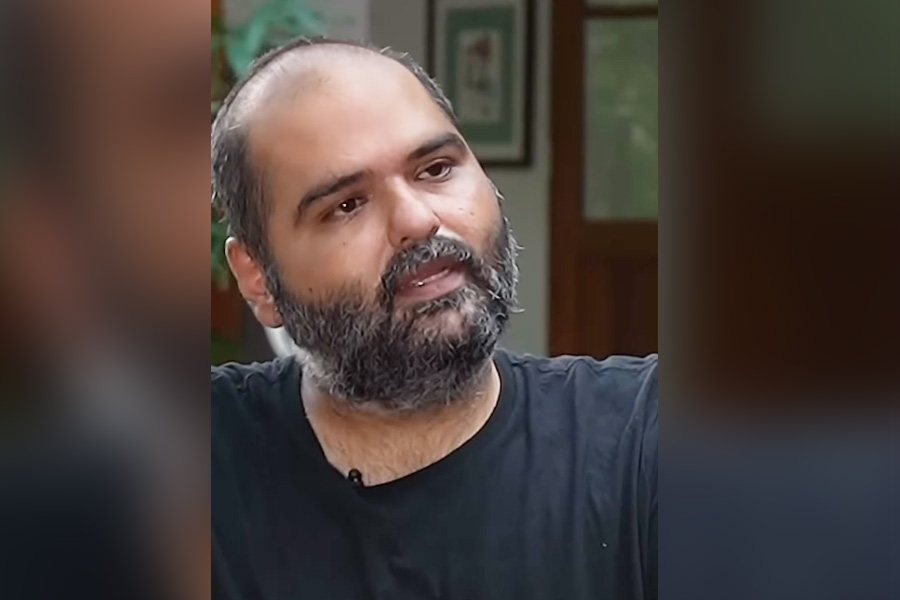
The clock on the secretariat tower could go digital.
The Churchill-pattern clock on top of Patna's old secretariat tower, one of the city's best architectural landmarks, has developed snags.
Gillett and Johnston, clockmakers from Croydon, England, made the Churcill-pattern clock - such clocks have a patterned round face and larger digits than usual. One of the finest pieces of Churchill-pattern clock towers in India, the clock was fitted in the tower at the old secretariat in 1924. But now, it has been stuck at 10:53 for over a week and nobody quite knows if the clock stopped in the morning or at night.
Officials in the building construction department,which looks after the clock, claimed that engineers have been called from Calcutta to repair it.
But there's a strong possibility that it might have to be replaced with a digital clock like the one in Patna Junction as old parts could be hard to come by.
"All possible efforts will be taken to repair the existing clock but we have been told that it might have to be replaced with a digital clock," said an official in the building construction department at the old secretariat. "The engineers have told us that digital clocks have been installed at a few old clock towers elsewhere in the country as well. A final decision will be taken by the senior officials upon recommendation from the Calcutta engineers."

The engineers are expected to arrive in Patna on Friday and the repair work will take at least a week after they start.
"This is a heritage structure of Patna situated in the state secretariat so the government should have ensured its proper upkeep," said physiotherapist Ratnesh Choudhary. "Employees of the secretariat and residents have grown used to matching their watches to the clock tower. I hope it can be set right again."
The clock tower is the most prominent feature of the old or main secretariat building, which was designed by Christchurch, New Zealand-born architect Joseph Fearis Munnings, who worked in Sydney, Australia, between 1913 and 1918. Munnings reportedly borrowed the design of the secretariat from the Union Buildings of Pretoria (South Africa).
The Pretoria building as built by Herbert Baker, an architect of secretariats, Council House, and the New Delhi capital area. Munnings was the consulting architect of the then newly formed state of Bihar and Orissa during 1913-1918. His principal works included the secretariat, government house and council chamber in Patna.
The secretariat building and the splendid tower was built by the British during World War I. The architecture is a blend of the neo-Gothic and pseudo-Renaissance styles.
Originally, the clock tower was 198ft high but a part of it collapsed in the 1934 earthquake, reducing it to its present height of 184ft from the ground up to the lightning conductor. The clock's pendulum weighs over two quintals and its minute and hour needles have a combined weight of over 50kg. Its hour-needle is 4.5ft long and the minute-needle 5.5ft. While the winding of the watch takes about 15 minutes, another 15 minutes are required to wind the bell.
Officials in the building construction department said the lever of the clock has worn out because of which the needles are not moving.
"Our first preference is putting a new layer over the worn out portion of the needle, so that the same clock can function. The new layer on the worn-out portion of the lever would be put on the lathe machine," said the building construction department official.
Officials added that the parts of the clock are quite old and a complete repair may not be possible.
"The Calcutta firm has told us that it has a few old parts. In case they don't fit, we would need to install a digital clock in its place," said the official.
Sources said around Rs 50,000 is sanctioned annually for the clock's maintenance. Employees looking after the clock have to climb 276 steps to wind it and maintain it.











